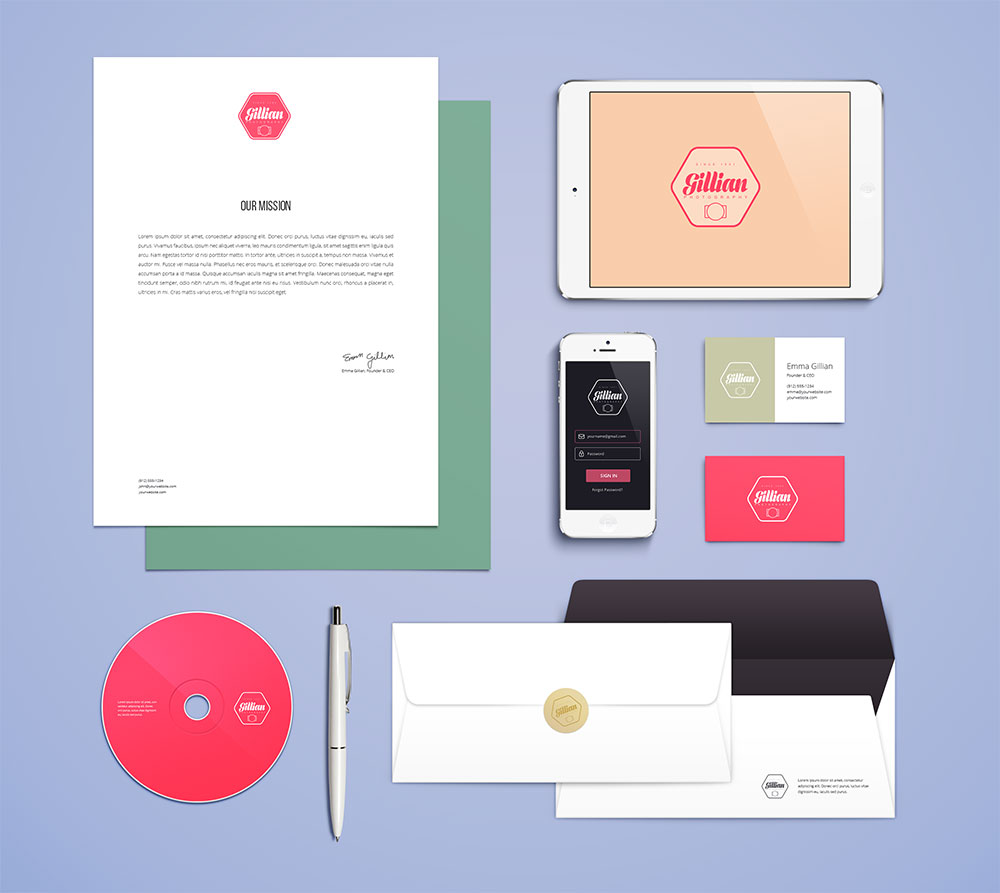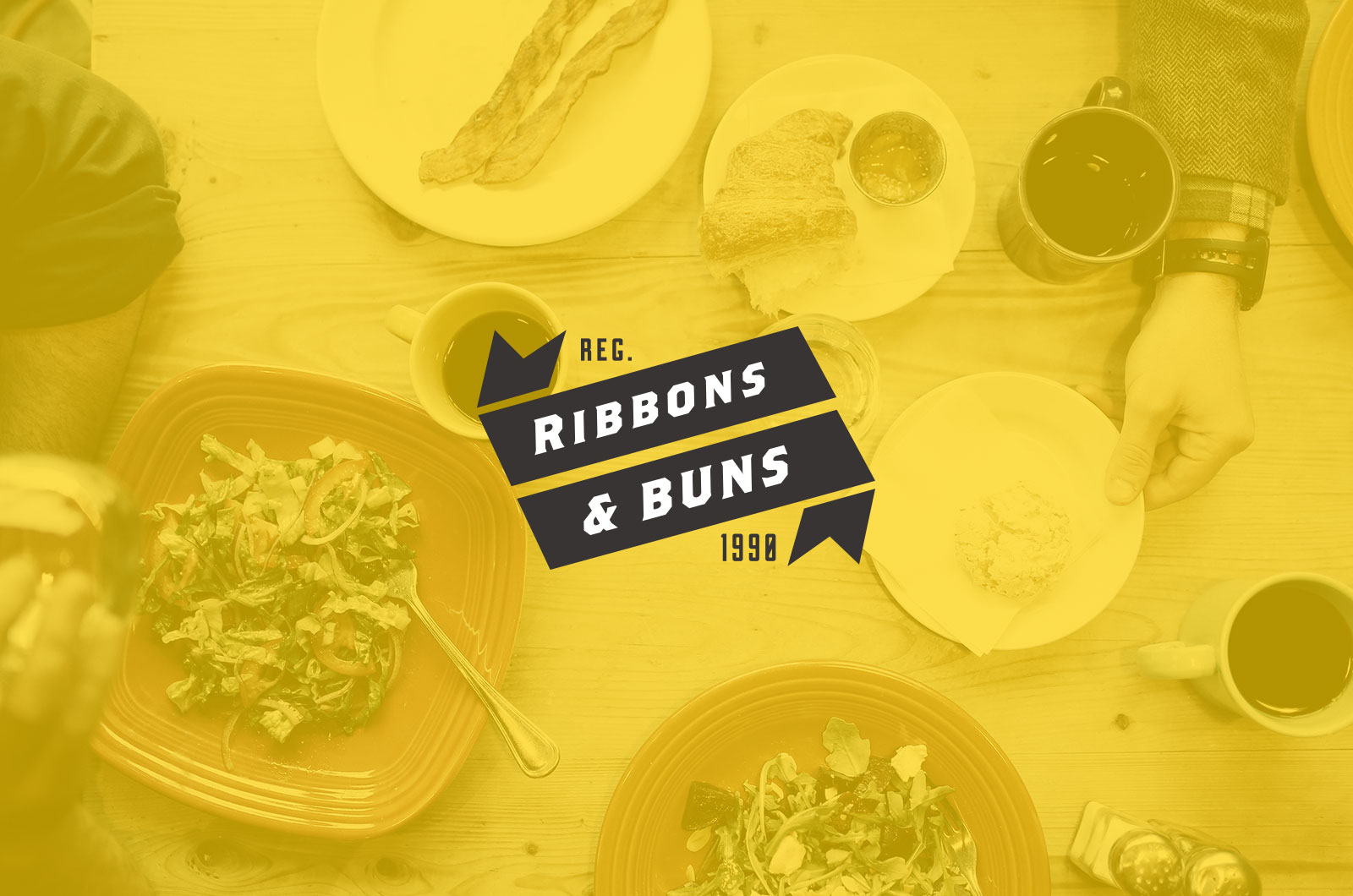Give your attention to the good stuff…
Voting with our wallets is great, but there’s more. We have the power to do good and change the world in almost everything we do. Beyond the physical things we consume, we should also be conscious of the digital media we consume.
The apps, the websites, the subscriptions… although much less tangible, money is changing hands in the digital world too. We support businesses most directly through the apps and subscriptions we purchase, but we also support business with the attention we give them. Our time spent in an app or on a webpage drives the statistics they use to set the price of their advertisements.
Advertising is the easiest example, but it’s not the only way companies make money through digital mediums…
A quick overview of how our attention translates to cash.
After working in the tech space for two years – trying to raise money during most of it – I became acquainted with the “important” metrics to determine the monetary value of an app or website.
- How many people are using your app
- How often are they accessing your information
- How well can you classify your audience
- How are they interacting with your app
All of these metrics are meant to get to the true question: How much money can you make from the attention your app/website is attracting? The more eyes on the screen and the more defined your users are, the more valuable the advertising space is.
More users and more interaction is also the basis for other ways of monetizing. Users can simply pay for a service by buying an app or buying things within an app. Some apps like DuoLingo (the language learning app) even have their own currency. The more you play the more ‘lingots’ you get, allowing you to access more features of the app, and of course you can buy credits with real money if you want to jump ahead.
Another popular model is a subscription or premium (aka freemium or upsell) service like Pandora.
Sites and apps can also make money through affiliate marketing. This is a popular strategy for fashion blogs. You blog to build a following, recommend a product, and share part of the revenue when you send your readers to an ecommerce site.
Not everything has to be about money all the time though, so big ups to those out there who develop and blog just because they love it.
The upside to consciously consuming media.
Understanding how an app or website is making money helps me decide which ones to support and which ones to boycott. Almost just a valuable on an insight, this knowledge also helps me develop habits to prevent myself from binging on mindless content and losing chunks of my life to bad YouTube videos and news about the Kardashians.
A few perks of consciously consuming media:
Support companies that are doing good – Just like voting with my wallet when I buy things from the store I’m voting with my time when I visit sites or use apps.
Save time so I can do more of the things that make me happy – Get off the screen, out of the chair, away from the desk, and into the world. Yes.
Learn new stuff and meet new people – There are so many great communities to join, people to meet, and interesting things to learn. When I’m not tied up in junk content I have time to explore valuable places of the interwebs.
Improve my outlook but consuming less mindless content and more inspiring content – Substitute the status updates from people you haven’t seen since high school for an inspiring nat geo article about a project to clean up the pacific ocean garbage patch and you’ll have a better day.
How to consciously consume media.
Manage your subscriptions.
I make conscious decisions about how to manage the apps and digital subscriptions I have. I’m continually unsubscribing from email lists I no longer find useful which really helps cut down on my inbox clutter. Rather than delete that stupid email every week, take the extra 30 seconds to unsubscribe.
I also go through my subscriptions every few months to make sure I’m actually using them. Too often we get excited about a cool new service, sign up, and forget about it. Meanwhile the auto payments are chipping away at our bank accounts. Save time and money with a little housekeeping every now and then.
Turning off notifications is huge.
Apps want to ping you as much as possible without totally pissing you off, “Come back and spend some time with us!”. That’s why notifications are automatically set to notify you anytime anything happens. I don’t need to know every time someone likes, retweets, or mentions me on Twitter. I just check my feed a few times a day and see them all at once so my day isn’t chopped up into fifty tiny distracting Twitter sessions.
When I download a new app I’m excited to jump in and just start using it. But if I can, I try to setup the notifications and sharing settings right away so I don’t have to do it later. Sometimes I’ll go back and make adjustments if I’m getting too many notifications.
Paid vs Free – the real value.
I always used to use the free version of apps and fight through the ads, but I didn’t save much money and it devalued my experience. Back in the day when I used Pandora I would set my birthday to 1930 so they thought I was an old man and the ads were less intrusive, but even with little tricks like that the ads are still there interrupting your music stream.
For the most part, paying for no ads (there are usually other upgrades too) is worth it. I justify the $10 a month for Spotify premium with beer. A pint of craft beer in most cities is going to run you about 7-8 bucks with tip, maybe $12 if you want a Sculpin. I forego 1 beer I would have otherwise had once a month and I put that money toward Spotify Premium. I have no problem skipping one beer, on one day, for a month of ad free music.
Media is something we often just accept as part of our daily lives and we don’t realize how much of an influence it can have on us. While I love using the tools my iphone and laptop give me access to, it’s a lot of work to keep myself in check. It’s easy to slide down the slippery slope of mindless entertainment, but by understanding the world of digital media and developing some simple habits we can do good and improve our quality of life.
































